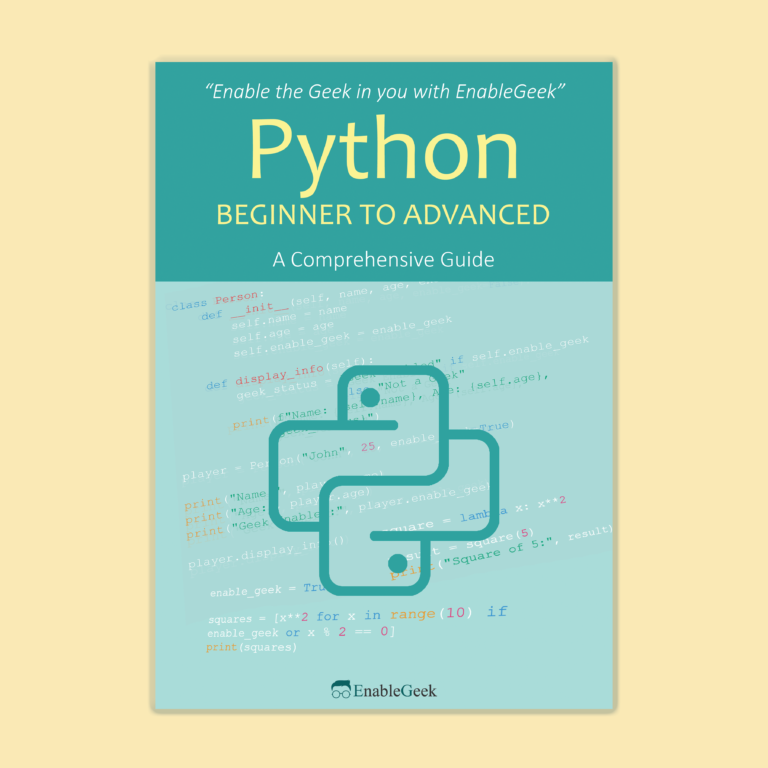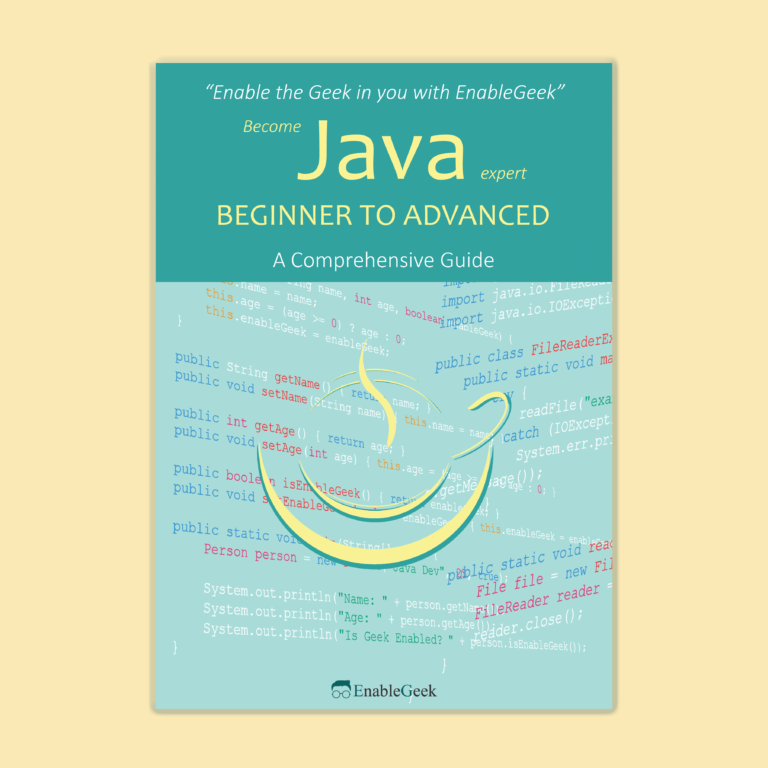List in Python
There are 6 types of built-in types in Python. They are – Numeric, Sequence, Mapping, Class, Instance, and Exception. The most basic data structure is Sequence. Each of these elements is assigned to a number called index or position. The first index is zero, then 1, and then increases in order.
Python again has 3 types of basic sequence types that are List, Tuple, and range/xrange Object. In this section, we will discuss the list.
We generally put the value in a variable. However, if we need to assign multiple values at once, declaring variables one by one is inconvenient and time-consuming.
So we can use the list method to make this work more easily,
Example:
P = 3
Q = 8
R = 1
S = 0
T = 5
print(f"This is from one by one variable -> {[P,Q,R,S,T]}")
number = [3,8,1,0,5]
print(f"This is from List -> {number}")Output:
This is from one by one variable -> [3, 8, 1, 0, 5]
This is from List -> [3, 8, 1, 0, 5]Each item placed on this list will be called an element of that list. We can access these elements like this,
Example:
number = [3,8,1,0,5]
var1 = number[0]
var2 = number[1]
var3 = number[2]
var4 = number[3]
var5 = number[4]
print(var1, var2, var3, var4, var5)Output:
3 8 1 0 5Here, the first index started at zero. That’s why we put this number[0] in the var1 variable, and then increase it in order. As number[1],number[2],number[3],number[4].
We can keep the others on a list. Here, one character will be an element on that list.
Example:
we = ['e','n','a','b','l','e','g','e','e','k']
print(we)
print(we[5], we[6])
print("The length of this list:",len(we))Output:
['e', 'n', 'a', 'b', 'l', 'e', 'g', 'e', 'e', 'k']
e g
The length of this list: 10The total number of elements on a list is the length of that list. Here, len(we) is the length of the list.
Empty List
A blank list can be made like the following,
Example:
first_list = []
print(first_list)Output:
[]Element type
Different types of data or elements can be kept in a list in Python. For example, some numbers, some strings, or even one or more lists can be kept as an element in one list. Although it is usually a good practice to keep the same element on a list.
Example:
number = 38
numbers_list = [number, 10, 83]
list_object = ["Numbers", 0, numbers_list, 4.56]
print(list_object[0])
print(list_object[1])
print(list_object[2])
print(list_object[2][2])
print(list_object[3])Output:
Numbers
0
[38, 10, 83]
83
4.56String as a List
A string type value behaves like a list in Python; that is, each character in the string seems to be an element of an imaginary list.
Example:
me = "EnableGeek"
print(me[6])Output:
GThat is, me = “EnableGeek” And me = [“E”, “n”, “a”, “b”, “l”, “e”, “G”, “e”, “e”, “k”] is virtually the same. And so the value of me[6] is coming ‘G’.



